Collections on the Move
Construction on the new Freyer – Newman Center at Denver Botanic Gardens is hopping. As the towering red and white crane sweeps across the site, we, the caretakers of the Gardens’ non-living collections, hold our breath.
Soon, we will be packing our precious cargo – 500-year-old books, tens of thousands of plant and fungal specimens and reams of correspondence documenting the Gardens’ history – to move into the new building. This enormous undertaking to shift the collections from their cramped spaces has us delighted as well as apprehensive as the safety of these priceless collections is in our hands.
However, for the collections, this is not their first rodeo. In 1947, the Helen Fowler Library, which holds archives, rare books and special collections, and the Kathryn Kalmbach Herbarium, which holds plant specimens, were housed at the Horticulture House on Bannock Street in Denver. With the founding of Denver Botanic Gardens in 1959, they were moved to the Waring House. A decade later, the collections were moved to the Boettcher Memorial Center. A new herbarium of macrofungal specimens, the Sam Mitchel Herbarium of Fungi, joined in this same procession.
All three collections were held in different rooms on different floors. At this time, Dr. Helen M. Zeiner, chair of the herbarium committee, remarked in an article in The Green Thumb Gardens' magazine, “We can now assume that the Kathryn Kalmbach Herbarium is in its permanent home.”
Alas, nearly 30 years later, both herbaria were moved once again to a newly built space in the basement of the Boettcher Memorial Center. But the two herbaria were no longer separated by different floors. Collaboration across plant and fungal herbarium staff and volunteers blossomed. The library, however, remained in place and has become a valuable resource for thousands of visitors every year. As the collections have filled their less-than-ideal spaces, the next move is just around the corner.
As we contemplate all the intricacies of safely moving these collections, at least, we do not need to worry about funding the purchase of cabinets to house them; the Institute of Museum and Library Services’ Museums for America program provided these funds.
Although, we, as collections managers, may be anxiously awaiting each new step in moving the collections, the past shows us that the collections will survive their move and thrive. The Center will provide visitors greater accessibility to these collections as well as world-class stewardship for the new collections, both of which will make us breathe easier.
Collections on the Move
Freyer - Newman Center Gallery

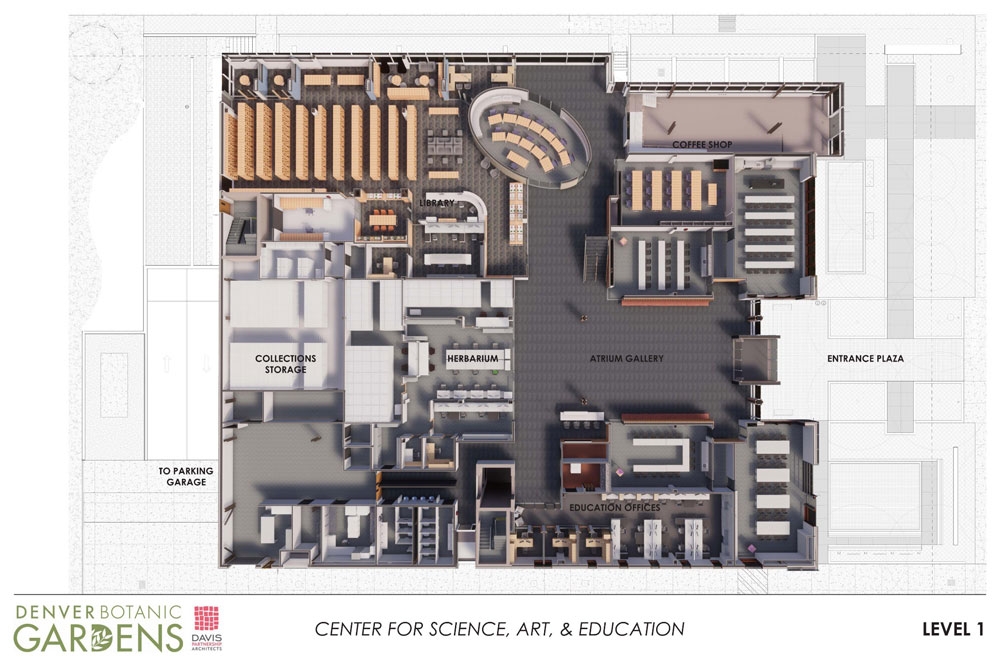
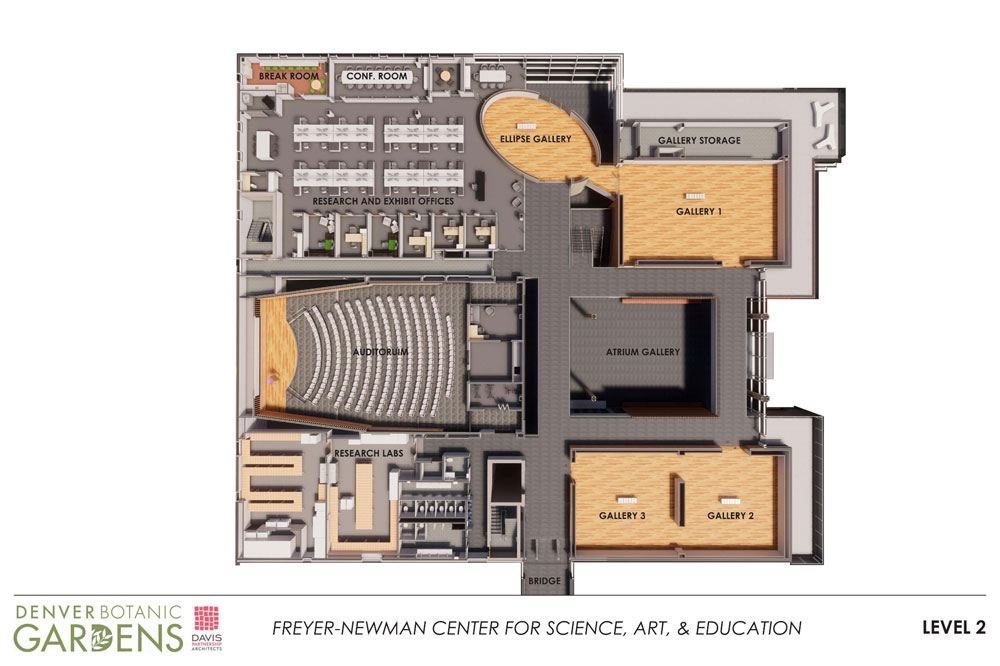
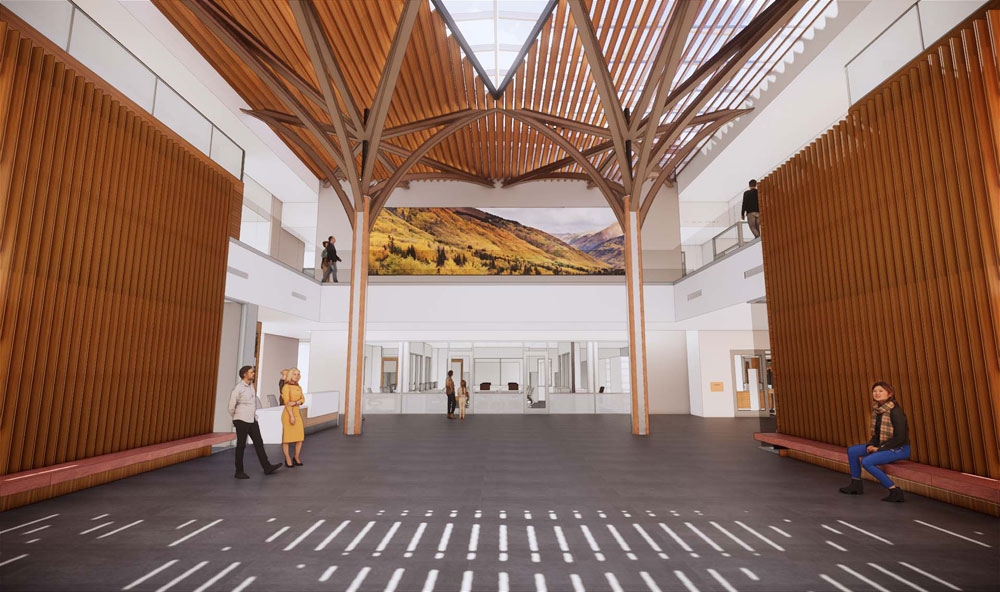
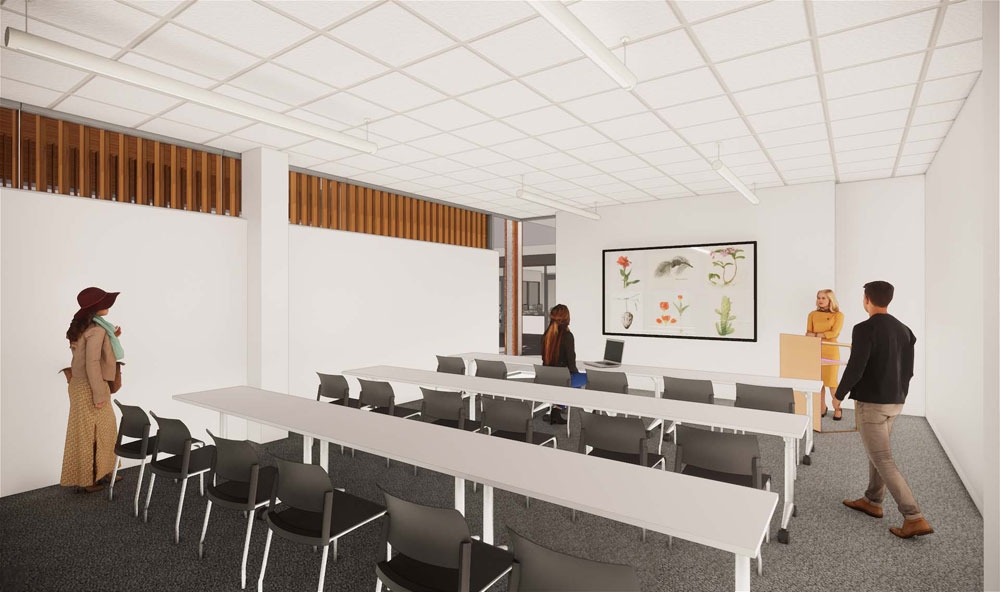

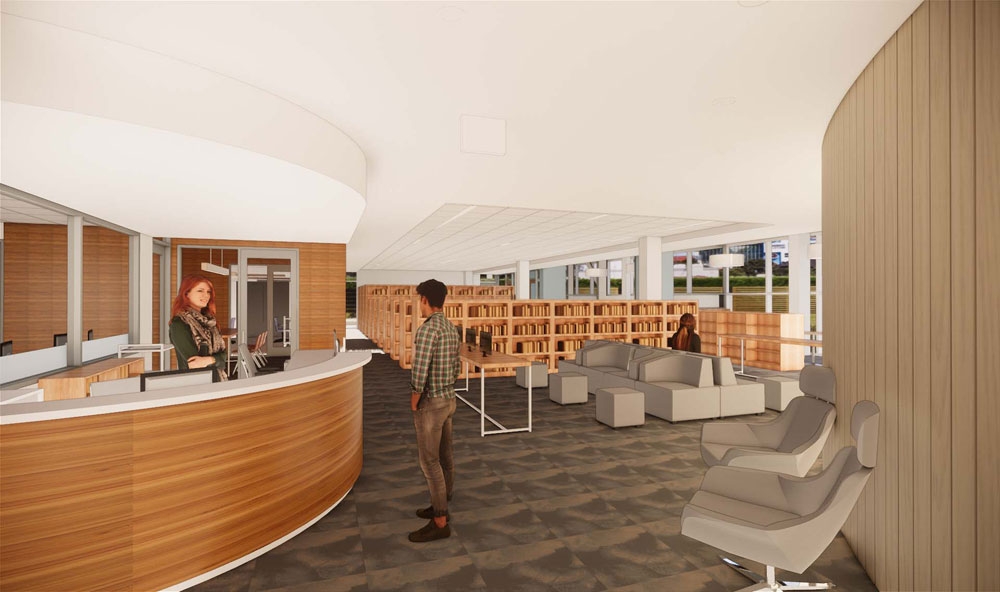

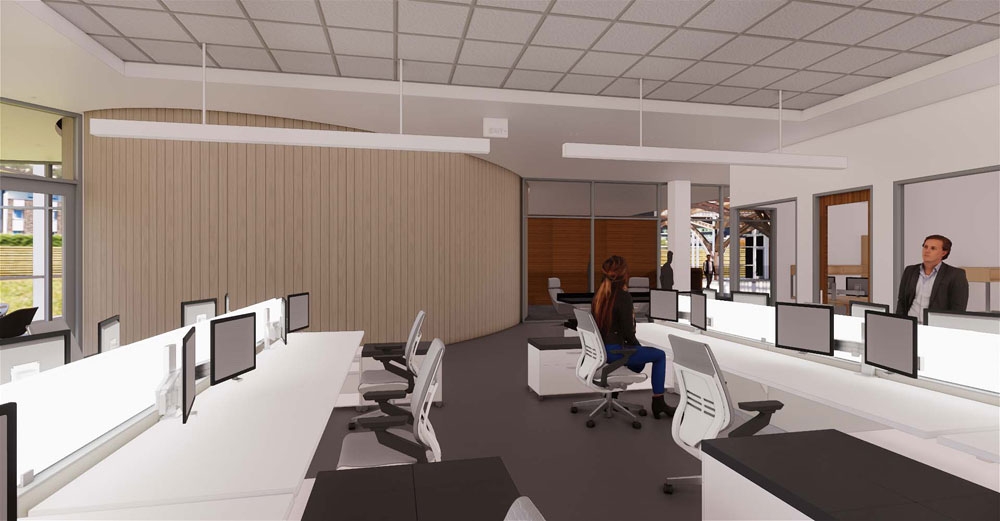
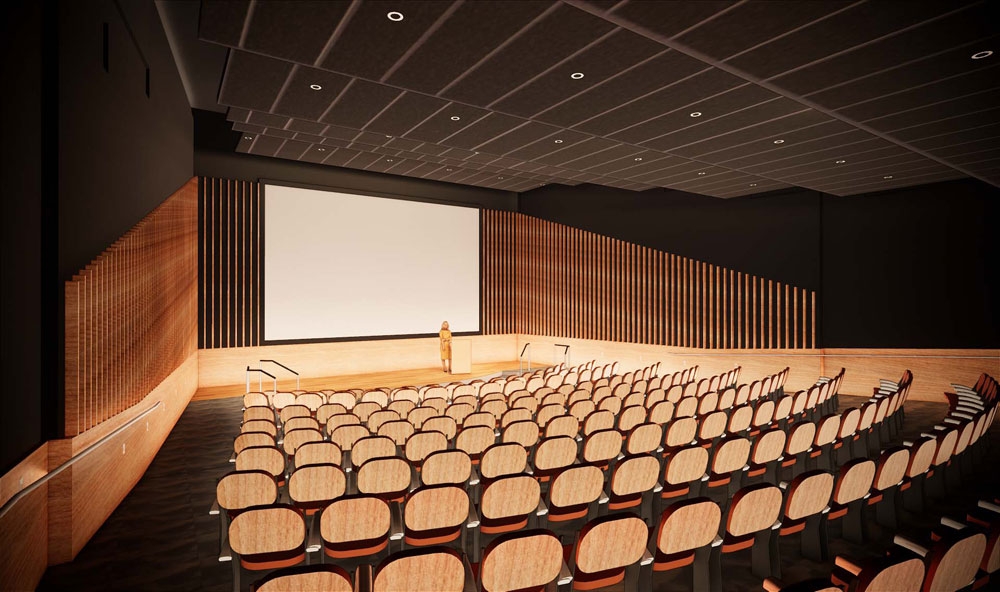
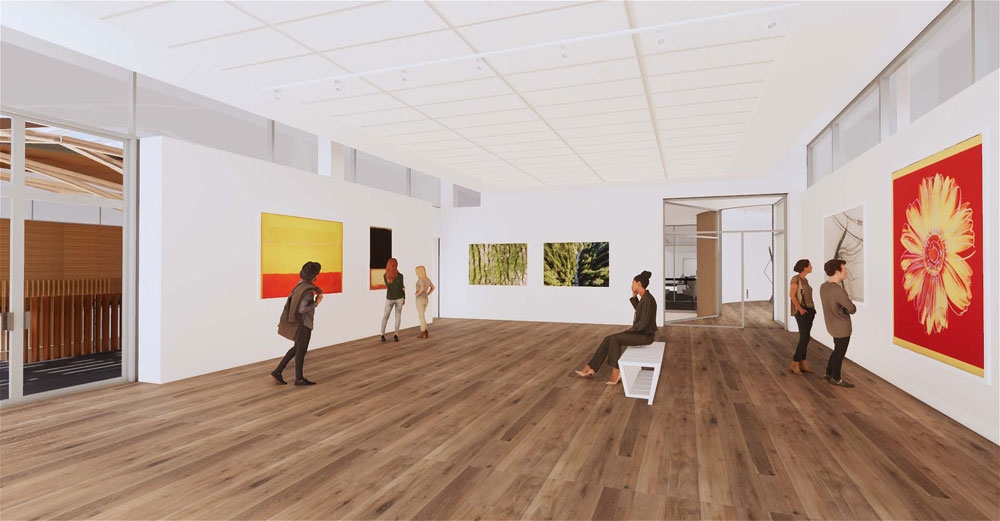
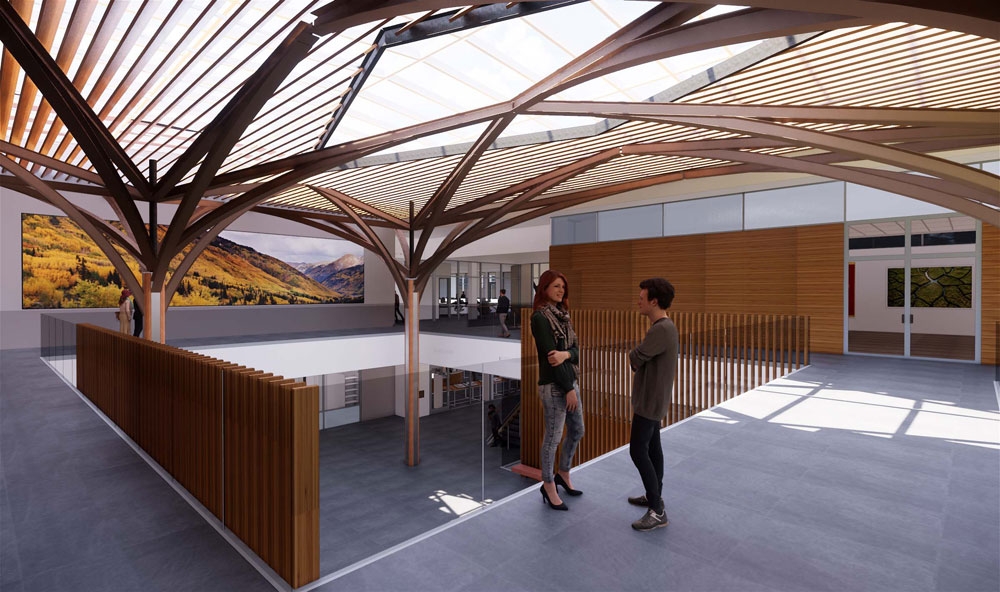
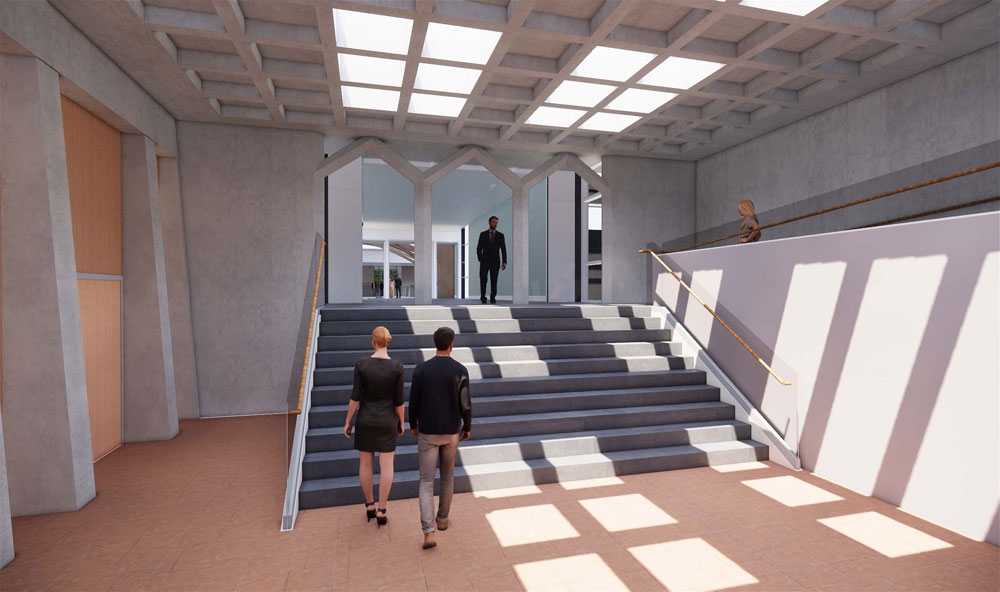




Add new comment